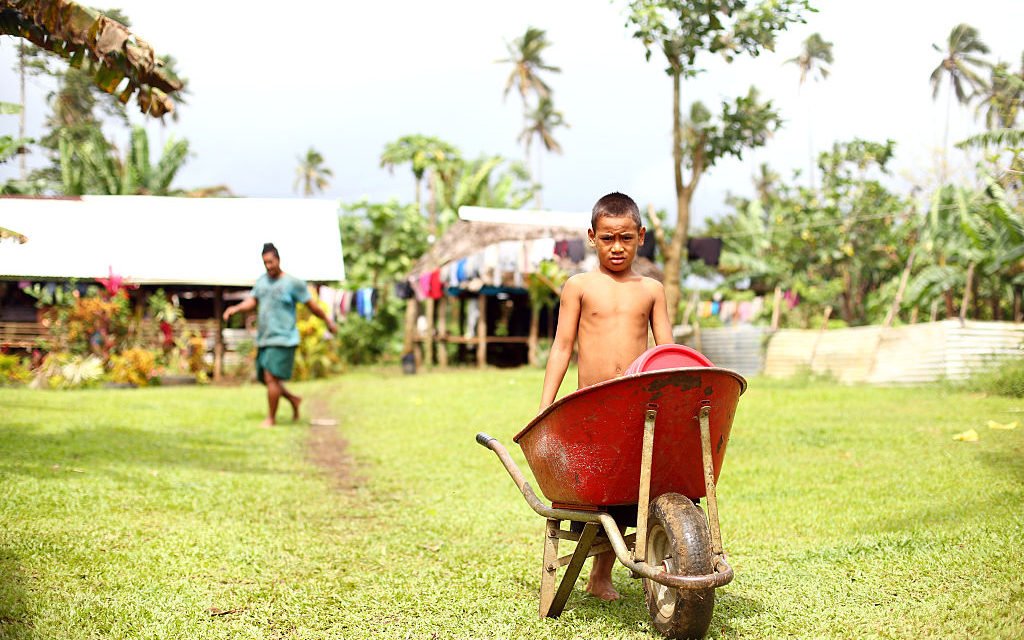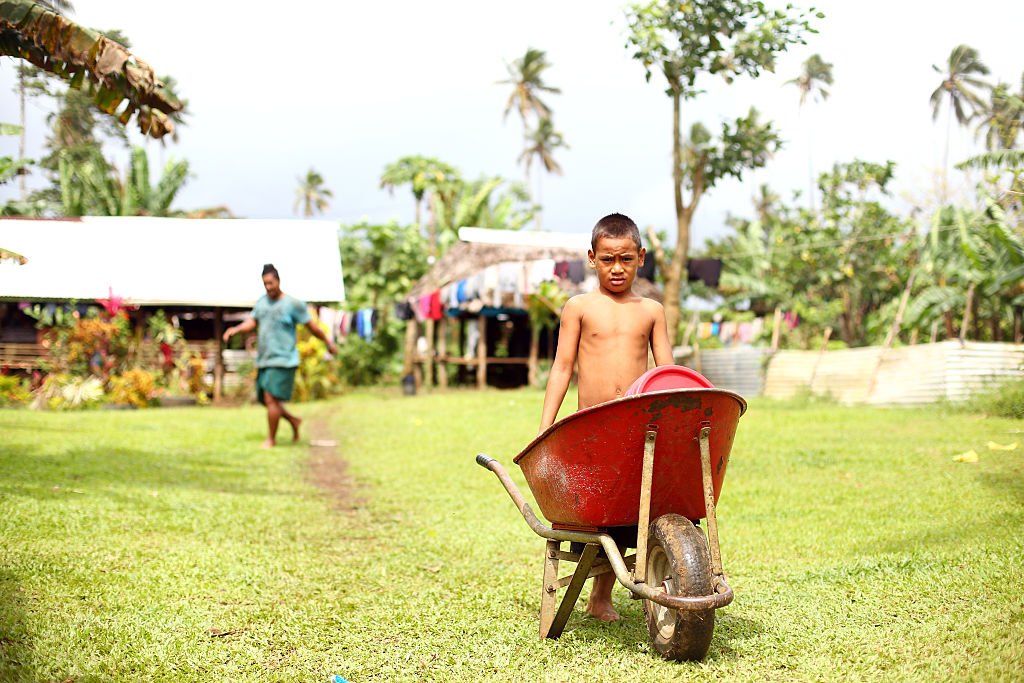Samoa, o le Penina o le Pasefika, the Pearl of the Pacific, a place filled with sunshine, vacation spots, and an unrecognized and ongoing health crisis. Paradise is home to an epidemic of non-communicable diseases. For decades, Samoans have suffered some of the highest rates of obesity, diabetes, and heart disease in the world. Much of this can be traced through the history of food in the islands. The ingredients, the cooking methods, and the ways we share meals reflect traditions passed down for generations. However, in Samoa, food is also a stark reminder of colonial rule.
The ingredients, the cooking methods and the ways we share meals reflect traditions passed down for generations. However, in Samoa, food is also a stark reminder of colonial rule. Share on XFor over 3,000 years, people fished and farmed, until soon after World War II when food imports began and lifestyles shifted. Cheap imported products high in sugar, loaded with fats and made-up of ultra-processed carbohydrates, now overwhelmingly occupy the supermarket shelves. This has led to a complete shift away from the traditional diet.
People left the Solomon Islands approximately 3,400 years ago on their journey across open ocean to settle in Melanesia, Polynesia, and Micronesia. European colonizers arrived in the Pacific Islands between the 16th and 18th centuries. The islands were predominantly under Japanese, American, and British control by the early 20th century. These colonizers imposed foreign diets, illnesses, and economic practices on the islanders, thereby disrupting native lifestyles, traditions, and even languages. Samoa managed to gain independence in 1962, but colonialist practices continue to detrimentally affect the health of islanders.
Before colonialism, organic basic dishes traditionally sustained Samoa. The diet was based on nourishing preparations made largely with fish, root crops, tropical fruit, coconut, and leafy greens. “Food colonialism” has left original traditional cuisine on the wayside, making room for the new traditional cuisine. Undesirable food products that wealthy nations do not consume are redirected to many of the islands, including Samoa.
'Food colonialism' has left traditional cuisine on the wayside. Undesirable food products that wealthy nations do not consume are being redirected to many of the islands, including Samoa. Share on XFirst, cheap meat imports have been integrated into the traditional Samoan diet. Corned beef, lamb flaps, chicken backs and “turkey tails” (banned in Samoa since 2007 due to detrimental impact on health) became staples in Samoa’s kitchens. Highly coveted by all, these oily glands that are 75 percent fat are trafficked by poultry retailers across the ocean and have become a symbol of high status in traditional Samoan communities. The leftovers of wealthy nations have found a place at the dinner table of the Samoan home. This has left a population already in the midst of a health crisis genetically predisposed to diabetes and a slower metabolism.
To assume that Samoans can simply shift back to consuming local, organic, healthy ingredients ignores the lasting impact of colonized diets. Unfortunately, chronic disease in the adult population of Samoa has gotten incredibly bad. In order for the country to transition back, to recover health, there needs to be a complete generational shift. That is highly challenging. The reality is that these foods have become part of the culture; highly processed diets and fat bombs are now bound up with nurturing emotion that defies nutritional logic.
To assume that Samoans can simply shift back to consuming local, organic, healthy ingredients ignores the lasting impact of colonized diets. The reality is that these foods have become part of the culture. Share on XSolutions to this crisis need to take into account the damage that colonialism has caused by changing Pacific Islander diets and ways of life. We can begin by stopping affluent nations from unloading their undesirable, and quite literally sickening, products at the doorsteps of vulnerable communities already disproportionately affected by economic stressors.




















